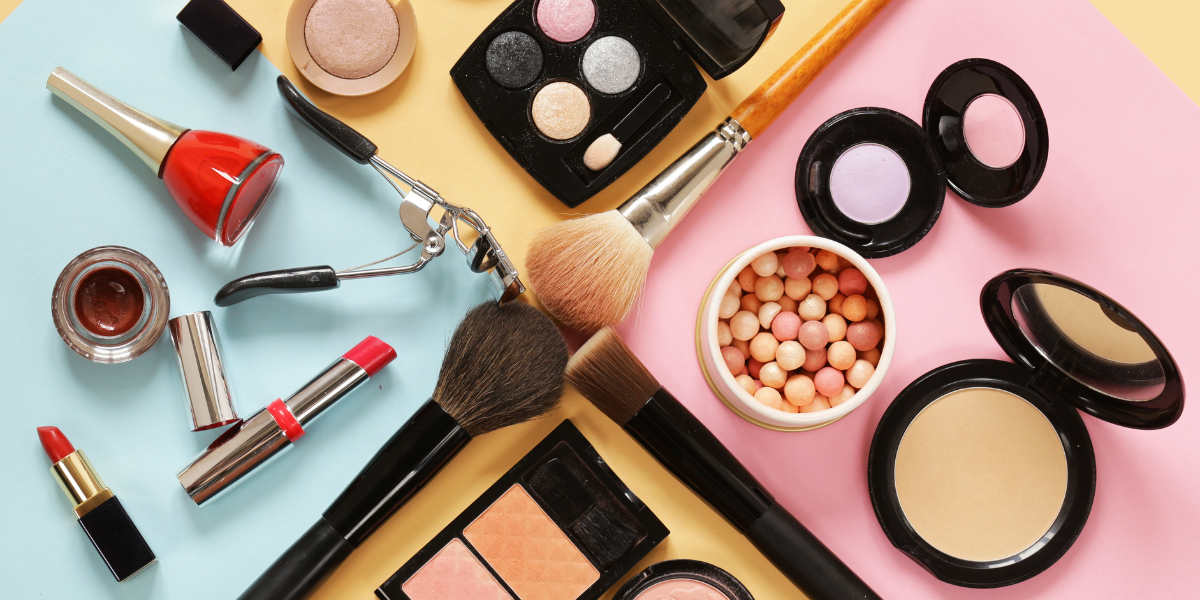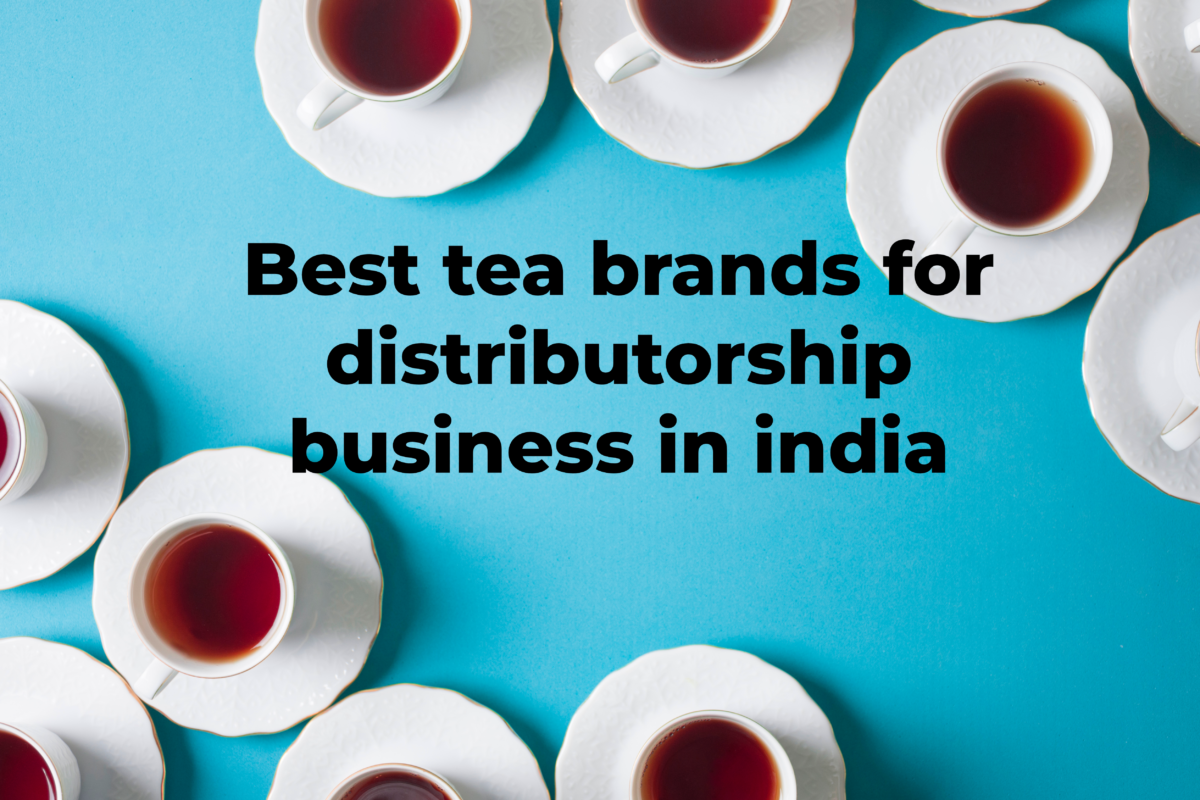The cosmetics industry in India is booming, reflecting a blend of traditional beauty practices and modern innovations. With a vast and diverse market, the sector offers tremendous opportunities for cosmetics dealerships. This blog delves into the world of cosmetics dealerships in India, exploring their significance, key players, challenges, and prospects.
Overview of the Cosmetics Industry in India
India’s cosmetics industry is expanding rapidly, driven by increasing disposable incomes, a growing middle class, and rising awareness about personal grooming. The market encompasses a wide range of products, including skincare, haircare, makeup, fragrances, and personal hygiene items. The influence of social media, beauty influencers, and celebrity endorsements has also contributed to the industry’s growth.
Types of Cosmetics Dealerships
- Retail Dealerships: These include brick-and-mortar stores, beauty salons, and specialty cosmetics shops where products are sold directly to consumers. Retail dealerships offer a personalized shopping experience, allowing customers to try products before purchasing.
- Wholesale Dealerships: These dealers buy cosmetics in bulk from manufacturers and distribute them to retail stores, beauty salons, and other businesses. They play a crucial role in the supply chain, ensuring that products are available across various regions.
- Franchise Dealerships: Many well-known cosmetics brands operate through franchise models. Entrepreneurs can purchase the rights to open and operate stores under the brand’s name. Examples include L’Oréal and The Body Shop.
- Online Dealerships: With the rise of e-commerce, many dealers are now selling cosmetics through online platforms. This model offers the advantage of reaching a wider audience and providing convenience to customers who prefer shopping from home.
Key Players in the Indian Market
- Hindustan Unilever Limited (HUL): HUL is a major player in the Indian cosmetics market, with popular brands like Lakmé, Dove, and Sunsilk. Their extensive distribution network ensures widespread availability of their products.
- L’Oréal India: A global leader in cosmetics, L’Oréal offers a range of products under brands like L’Oréal Paris, Maybelline, and Garnier. They are known for their innovative products and strong marketing campaigns.
- Procter & Gamble (P&G): With brands like Olay, Pantene, and Gillette, P&G has a significant presence in the Indian market. Their focus on quality and customer satisfaction has earned them a loyal customer base.
- Nykaa: An online beauty and wellness retailer, Nykaa has revolutionized the cosmetics market in India. They offer a wide range of products from both international and domestic brands, catering to diverse consumer needs.
- Forest Essentials: Known for its luxury Ayurveda products, Forest Essentials has carved a niche in the premium segment. Their focus on natural ingredients and traditional beauty practices resonates with consumers looking for holistic beauty solutions.
Challenges Faced by Dealerships
- Competition: The cosmetics market is highly competitive, with numerous brands vying for consumer attention. Dealerships need to differentiate themselves and offer unique value propositions to stand out.
- Counterfeit Products: The prevalence of counterfeit cosmetics is a significant issue. Dealers must ensure the authenticity of their products to maintain consumer trust and avoid legal complications.
- Regulatory Compliance: The cosmetics industry is subject to various regulations regarding safety, labeling, and advertising. Dealers must stay updated with these regulations to avoid penalties and ensure product safety.
- Supply Chain Management: Efficient supply chain management is crucial to ensure timely delivery and availability of products. Dealerships must invest in robust logistics and inventory management systems.
- Changing Consumer Preferences: As consumer preferences evolve, dealerships must keep pace with trends such as organic and natural products, cruelty-free cosmetics, and sustainable packaging.
Opportunities in the Industry
- E-commerce Growth: The rise of e-commerce presents a significant opportunity for cosmetics dealerships. Online platforms enable dealers to reach a broader audience and offer a convenient shopping experience.
- Organic and Natural Products: The demand for organic and natural cosmetics is increasing as consumers become more health-conscious and environmentally aware. Dealers can tap into this trend by offering products with natural ingredients and eco-friendly packaging.
- Personalization: Offering personalized beauty solutions, such as custom skincare routines and bespoke makeup products, can attract consumers looking for tailored experiences.
- Men’s Grooming: The men’s grooming segment is growing rapidly, with increasing awareness about personal care among men. Dealerships can expand their product range to include men’s skincare, haircare, and grooming products.
- Expansion into Tier II and III Cities: While metropolitan areas are saturated with cosmetic options, there is a growing market in smaller cities and towns. Expanding into these regions can help dealerships reach new customers and drive growth.
Steps to Establish a Cosmetics Dealership
- Market Research: Conduct thorough market research to understand consumer preferences, identify competitors, and assess demand for different product categories.
- Business Plan: Develop a comprehensive business plan outlining your goals, target market, product range, pricing strategy, and marketing approach.
- Legal Requirements: Ensure compliance with all legal and regulatory requirements, including obtaining necessary licenses, registering your business, and adhering to safety standards.
- Supplier Partnerships: Build strong relationships with reliable suppliers and manufacturers to ensure a steady supply of high-quality products.
- Distribution Network: Establish an efficient distribution network to manage logistics, transportation, and delivery. This may involve partnering with third-party logistics providers.
- Marketing Strategy: Create a marketing strategy to promote your products. Utilize digital marketing, social media, influencer collaborations, and traditional advertising to reach your target audience.
- Customer Service: Provide excellent customer service to build loyalty and attract repeat business. This includes offering prompt responses to inquiries, handling complaints efficiently, and ensuring timely deliveries.
Future Prospects
The future of cosmetics dealerships in India is promising, driven by favorable demographic trends, increasing disposable incomes, and evolving consumer preferences. Here are some key trends that are likely to shape the industry’s future:
- Digital Transformation: The adoption of digital technologies, including online sales platforms, data analytics, and AI-driven marketing, will continue to grow. Dealers who embrace these technologies will have a competitive edge.
- Sustainability Initiatives: There will be a greater focus on sustainability, with consumers favoring brands that prioritize eco-friendly practices. This includes reducing plastic packaging, sourcing locally, and minimizing waste.
- Health and Wellness Focus: The demand for healthier and more natural beauty products will increase. Dealers will need to diversify their product portfolios to include items that cater to health-conscious consumers.
- Innovative Products: Introducing new and innovative products that cater to changing consumer tastes can set dealers apart from their competitors. This includes multifunctional beauty products, clean beauty formulations, and advanced skincare solutions.
- Global Influence: With the increasing influence of global beauty trends, Indian consumers are becoming more open to experimenting with international brands and products. Dealers can capitalize on this trend by offering a diverse range of products from both domestic and international brands.
Conclusion
Cosmetics dealerships in India offer exciting opportunities for entrepreneurs and businesses. By understanding market dynamics, addressing challenges, and staying attuned to consumer trends, dealers can build successful and sustainable businesses. The key to success lies in innovation, adaptability, and a strong focus on customer satisfaction. As the industry continues to evolve, those who can navigate the changing landscape will thrive and contribute to India’s growing cosmetics sector.





